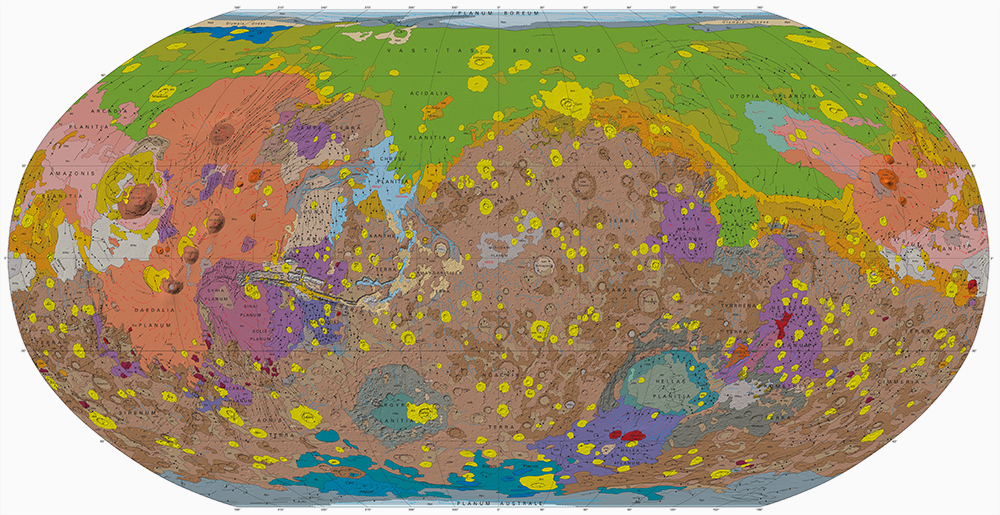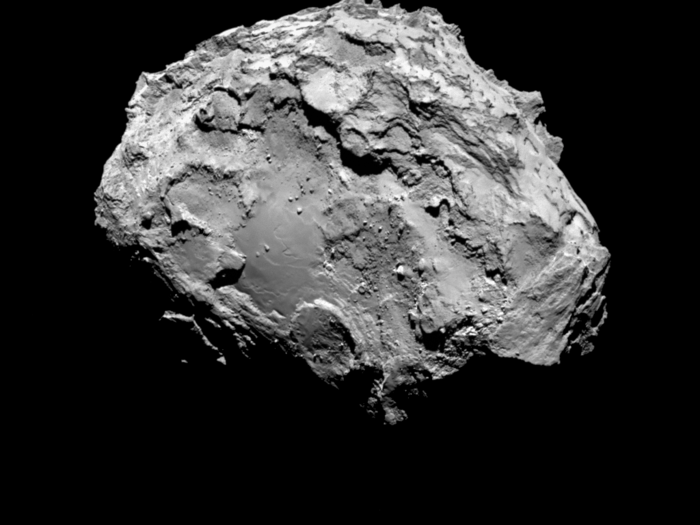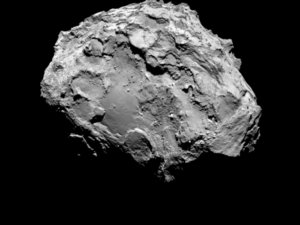
Want to know where to dig in Mars?
Here you go!
USGS has released their latest, most beautiful geologic maps of Mars, thanks to 16 years of continous data collection! Though Mars doesnt quite look habitable, it is the only other planet that falls within sun’s habitable zone. Humans have been studying the red planet for centuries. US missions to Mars starting from Mariner and Viking to the recent ones such as Mars Express have shed a lot of light on the geologic composition.
You can download the original map here.
Findings from the new map will enable scientists and researchers to identify future landing sites.

#
#10m
#30m
#Copernicus
#Deep Learning
#Environment
#Environmental Protection
#Landsat
#Natural Resources
#Optical
#SAR
#Science
Leveraging Satellite Technology for Advanced Detection and Monitoring of Oil Spills
#0.30m
#Business
#Construction
#Drones
#Featured
What Construction KPIs Can Be Measured Using Satellite and Drone Data?
#Cloud
#Data processing
#GeoDev
This Add-in Will Make Your EO Data Workflows in ArcGIS More Effective at Scale



